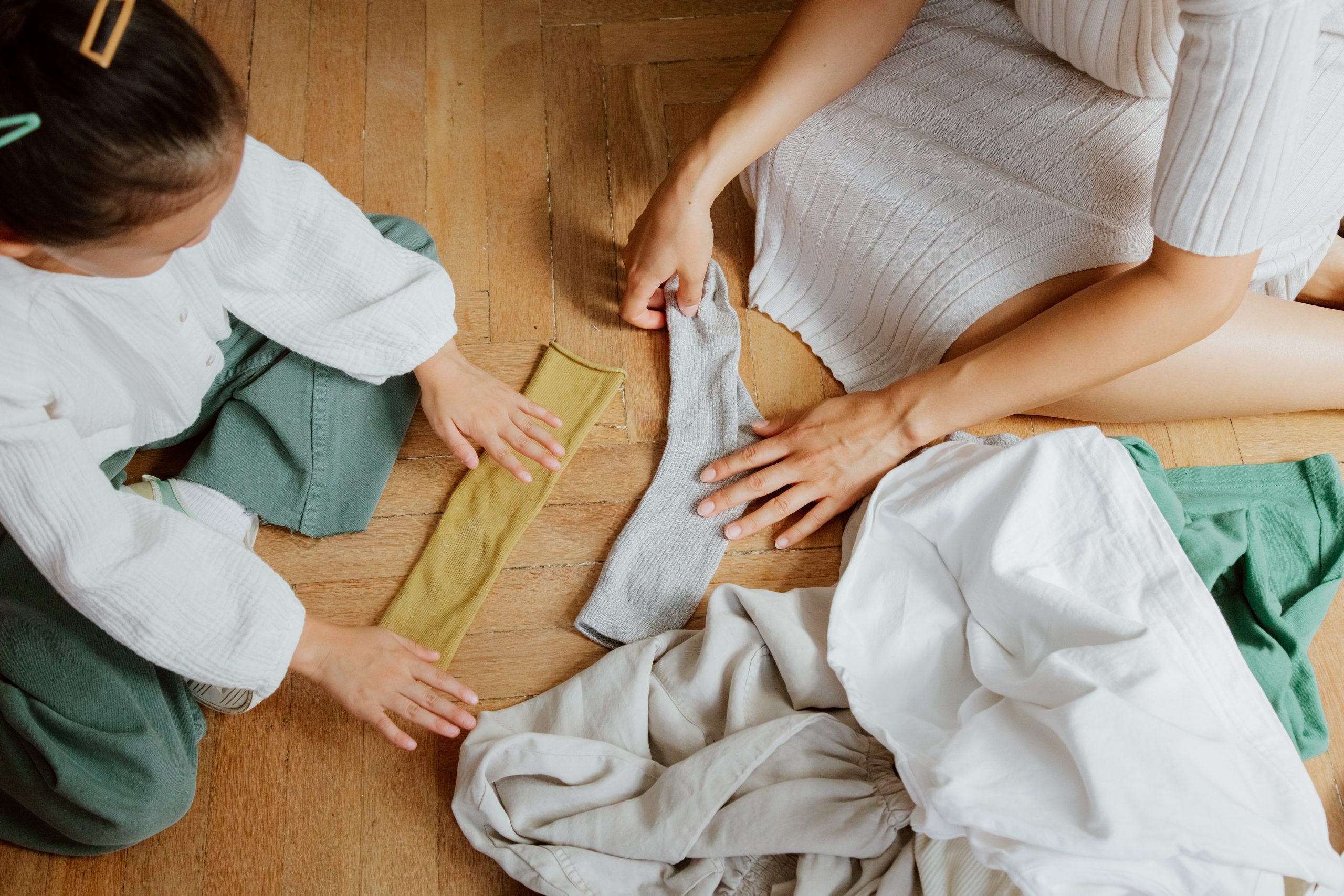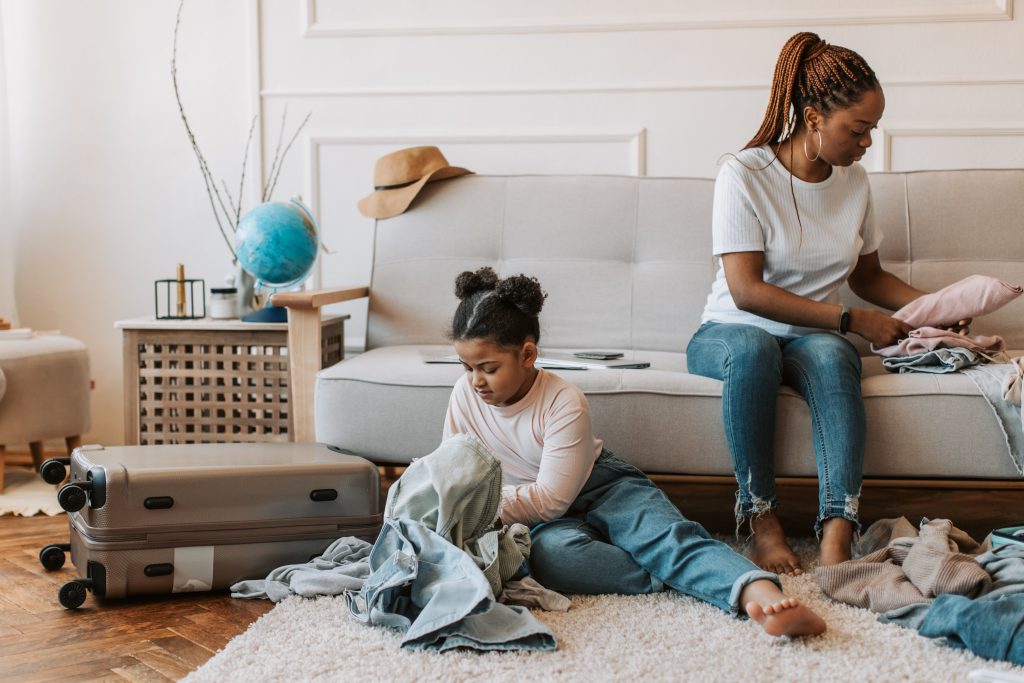Storing leather
If you are storing leather, paper, or fabric-based furniture, you may need to take additional steps to ensure that the material remains clean and free of mildew. For example, you can place a breathable bag filled with desiccant inside the storage space.
Place
You can also place a small container of charcoal bricks in the space. This will absorb moisture and prevent mold from forming.
Facility
Generally, a climate-controlled storage facility maintains a base humidity of 55 percent. In addition, it will continually circulate air to provide an even temperature.

renting
If you are renting a storage facility, make sure that it is located in an area that isn’t subject to floods or other extreme weather.

unit
The storage unit should be opened at least once a week to allow for fresh air to circulate. Many climate-controlled facilities use window air conditioners or an attic fan.

planning
If you’re planning to store clothing, you should take some time to check for damage before you put it into storage.
Storing
When storing your clothes for long periods of time, you should try to keep them in a dry, cool, and clean environment. This way, they won’t get mold, mildew, and other problems. If you can, you should put the clothes in a climate-controlled storage unit.
Clothing
When storing clothing, you should also make sure that it’s not exposed to direct light. If you leave it out in the open, you’ll risk wrinkles and dust.
Protect
You can protect your clothing by putting it in plastic bins or storage tubs. You can buy these at your local hardware store.

Place
If you can’t find an appropriate place for your clothing, consider selling them or donating them. If you want to keep your clothes dry, you can also use water- repellant spray.
Plan to Store
If you plan to store your clothes for a long period of time, you should check your storage area for leaks. Small leaks can cause moisture to enter your storage unit, which can damage your clothing. If you notice a leak, you should immediately contact your storage facility and report the problem. Checking for damage before storing If you don’t, water can leak in and rot your clothing. You’ll also want to keep your clothing in a warm, dry environment with low humidity. If you’re not able to store your clothes in a climate- controlled facility, you can protect them from the elements by wrapping them in acid-free tissue paper.
Mess
They can also make a mess. In addition, insects, such as moths, can take bites directly out of your clothing. You can also prevent the spread of bacteria and mildew by using a water-repellant spray. If you have any items that need repair, you should make the necessary repairs before putting them into storage.


